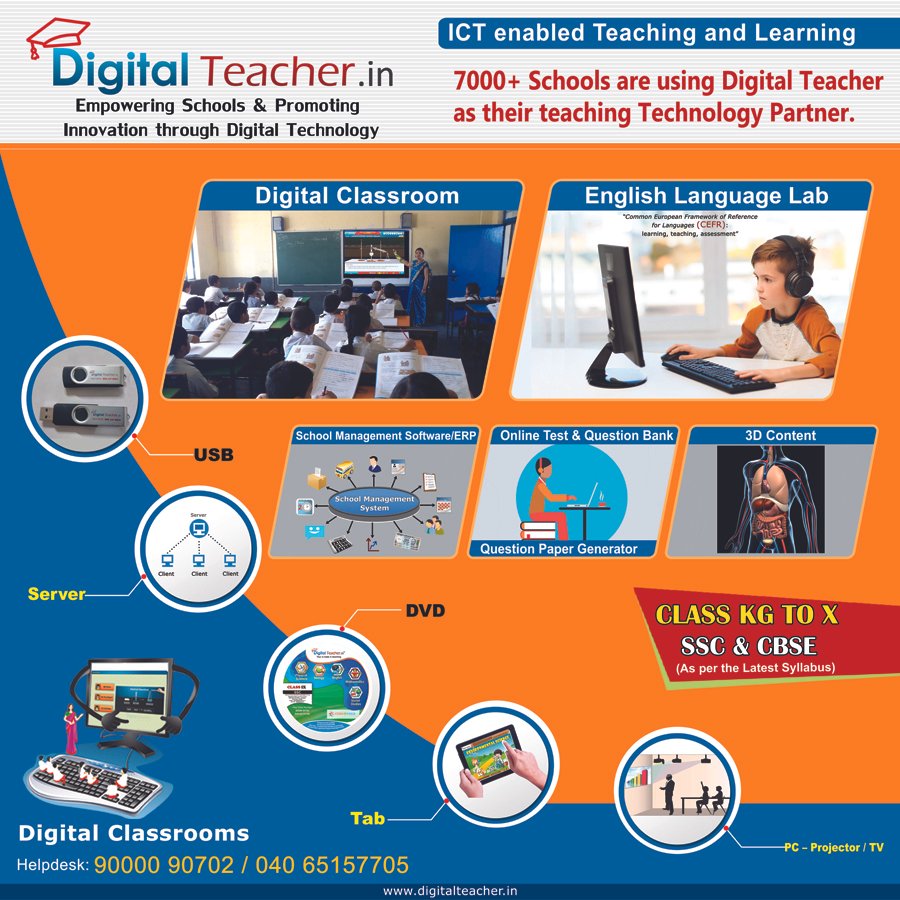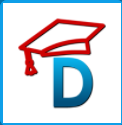Digital Classroom: Revolutionising Education with Interactive and Engaging Learning Tools
In today’s rapidly evolving world, education has undergone a tremendous transformation—more so than many other fields. At the forefront of this revolution is Digital Classroom Software, a powerful tool designed to enhance and manage computer-based teaching.
A digital classroom is an interactive learning space where teachers guide and students engage with rich multimedia content and smart tools. This setup not only boosts learning efficiency but also offers a cost-effective and convenient alternative to traditional methods.
A key driving force behind this change is instructional technology—a modern science focused on designing and developing effective, engaging learning experiences. With reliable tech integration, digital classroom software creates a highly efficient digital environment. Smartphones, laptops, and tablets are now transformed into teaching tools, helping educators build dynamic and robust digital classrooms.
When it comes to language learning, teaching English becomes more fun and effective using English learning software. Features like English language labs, video lessons, and listening practice modules help students improve in listening, speaking, and writing. While English learning videos build a strong foundation in grammar and vocabulary, English listening videos enhance pronunciation, tone, and speech delivery skills.
Moreover, digital classroom software includes a wide range of features that ensure smooth and seamless teaching. It can offer separate modules tailored to the needs of teachers, students, parents, and schools, creating a comprehensive and collaborative eLearning ecosystem.

Digital Classroom: Empowering Teachers with Smart Content Creation and Management Tools
The Digital Classroom platform offers a wide range of intelligent tools that simplify teaching and enhance classroom management. Here’s how it supports teachers in creating engaging and organized learning experiences:
-
Effortless Content Creation: Teachers can easily record their screen along with audio during lessons. These recordings are automatically saved and can be accessed by students anytime for revision.
-
Seamless Workflow: Once recorded, lectures are automatically uploaded to the cloud, ensuring safe storage and easy access.
-
Lecture Editing: Teachers can edit recorded lectures to refine the content or make updates whenever necessary.
-
Interactive Highlighting: Both teachers and students can underline or highlight key points in the content, making it easier to review and retain important information.
-
Smart Integration: Lessons and tests can be planned in advance. Teachers can enhance lessons by adding PowerPoint presentations, PDFs, and images based on their needs.
-
Live Broadcasting: Teachers can stream live classes online for remote learners, while also being able to monitor session status and student engagement in real-time.
-
Content Publishing: Authorized users can publish smart class content to the campus digital library or a web-based library for wider access.
Additionally, the platform helps streamline administrative tasks:
-
Take student attendance with ease.
-
Automatically assign grades based on attendance and performance.
-
Quickly create and evaluate exams and MCQs.
-
Generate report cards and share them online with students and parents.
Frequently Asked Questions
What are the benefits of digital classrooms?
Digital classrooms have a number of advantages, including greater student and teacher cooperation, more individualised learning opportunities, and more effective and efficient teaching techniques. Additionally, they give students the option of learning at their own speed and offer a platform for distance education.
What are the elements of a digital classroom?
Digital devices including computers, tablets, and smartphones are frequently used in a digital classroom along with software and apps for education, online resources, learning management systems, digital exams, and other tools to improve the educational process. Projectors, digital whiteboards, interactive displays, and audio systems could potentially be used.
What is digital classroom technology?
Technology used in digital classrooms to support teaching and learning is referred to as “digital classroom technology.” These could include of hardware like laptops, tablets, and projectors as well as software like learning management systems, instructional apps, and online assessment tools.
What is the importance of digital classrooms in teaching?
Digital classrooms are crucial in education because they give students a more engaged and interesting learning experience. Additionally, they give a more individualised learning strategy that lets students progress at their own rate and provide immediate feedback. Additionally, remote learning is made possible in digital classrooms, which is a feature that is more and more crucial in the modern world.
What is the difference between digital classroom and smart classroom?
A smart classroom, then, is just a digital classroom with more power! It makes studying much more enjoyable and successful by utilising cutting-edge technology and interactive tools. On the other hand, a digital classroom is just a classroom that makes use of technology to aid in student learning. While smart classrooms include even more exciting features like digital whiteboards, projectors, audio systems, and interactive displays, both use digital gadgets, cool apps, and internet resources. So a smart classroom is the way to go if you want an immersive and interesting learning experience!



This course has taught me the fundamentals of designing an online class. It has been so helpful for me to take the theory from the course and use it in a practical manner in my job as Academic coach.